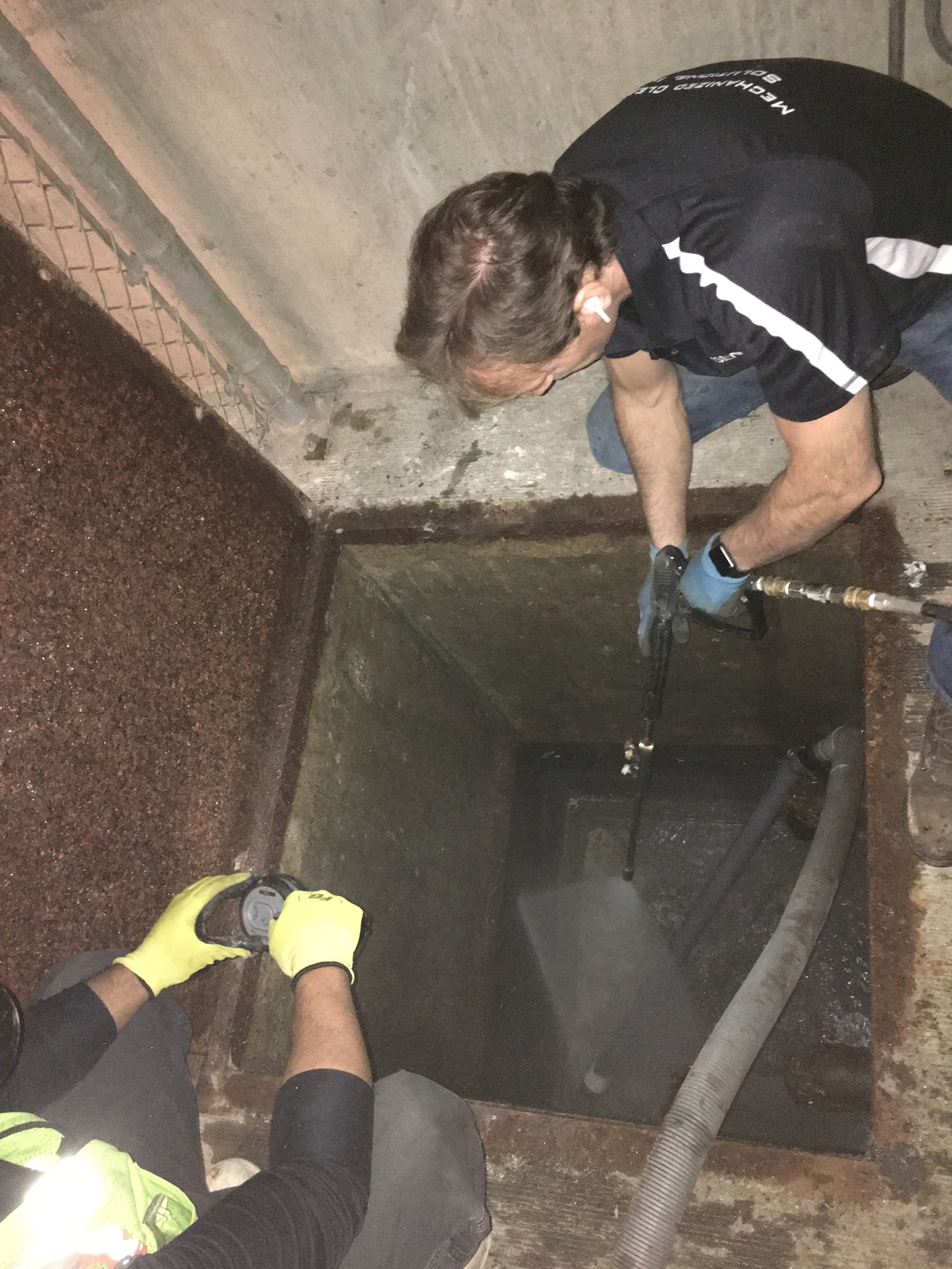What're your thoughts regarding Steps to Cleaning Your Sump Pump Properly?

Sump pumps are critical parts in several homes, especially in locations prone to flooding or excessive dampness. They aid stop water damages by successfully eliminating excess water from basements or crawl spaces. However, like any other device, sump pumps call for normal upkeep to guarantee they work properly when required one of the most. Cleansing your sump pump is an essential part of its maintenance, and comprehending exactly how to do it correctly can conserve you from expensive repairs and potential disasters.
Intro
Preserving a tidy sump pump is important for its appropriate functioning and longevity. Ignoring this necessary job can lead to clogs, breakdowns, and ultimately, water damage to your building. Consequently, finding out just how to clean a sump pump is essential for home owners that rely on these devices to maintain their cellars dry and protected.
Indicators of a Dirty Sump Pump
Recognizing when your sump pump needs cleansing is essential for stopping potential malfunctions. Some common indicators that indicate an unclean sump pump include weird sounds during procedure, lowered water circulation, and noticeable debris in the pit. If you discover any of these signs and symptoms, it's necessary to cleanse your sump pump immediately to stay clear of any type of more concerns.
Getting ready for Cleaning
Before you start cleansing your sump pump, it's important to take some security preventative measures. Start by turning off the power to the pump to avoid any electrical mishaps. Furthermore, wear ideal protective equipment, such as gloves and goggles, to shield yourself from dirt, particles, and potential virus.
Comprehending the Sump Pump
Before diving into the cleansing procedure, it's necessary to have a fundamental understanding of how a sump pump works. Usually mounted in a pit or basin below the cellar flooring, a sump pump includes several essential elements, including a pump, a float button, and a discharge pipeline. When water collects in the pit, the float button triggers the pump, which then pumps the water out via the discharge pipeline, away from the structure's structure.
Detailed Overview to Cleaning Up a Sump Pump
Shutting Off the Power
Begin by detaching the power supply to the sump pump to avoid any type of crashes while cleansing.
Looking For Correct Functioning
Before re-installing the pump, execute a fast test to guarantee that the float switch triggers the pump correctly. Pour some water into the sump pit and observe the pump's operation. If everything is operating correctly, you can reconstruct the pump and reconnect the power supply.
Removing Particles and Dust
Use a container or a scoop to get rid of any type of visible particles, dirt, or debris from the sump pit. Dispose of the debris correctly to avoid it from obstructing the pump or the discharge pipe.
Cleaning up the Pump and Drift Change
Once the pit is clear of debris, very carefully remove the pump from the pit. Evaluate the pump and the float button for any signs of damages or wear. Use a soft brush or fabric to clean the surfaces and get rid of any accumulated grime.
Flushing the System
After cleaning the pump and float button, purge the sump pit with clean water to get rid of any type of remaining dust or debris. This will certainly aid make certain that the pump operates efficiently and efficiently.
Maintenance Tips to Keep Your Sump Pump Clean
In addition to routine cleaning, there are several maintenance ideas you can comply with to keep your sump pump in optimal condition:
Final thought
Cleaning your sump pump is a vital facet of its maintenance and ensures that it runs properly when you require it the most. By adhering to the actions outlined in this overview and incorporating routine maintenance into your regimen, you can extend the lifespan of your sump pump and safeguard your home from water damages.
How To Inspect And Clean A Sump Pump
There are a few things you may want to look for when inspecting your sump pump. These include:
Leaks: If you notice any leaks around the sump pump, it likely needs to be repaired or replaced. Mud or Water: If there is any mud or water around the sump pump, it’s likely that it’s not working properly and needs to be cleaned. Noises: If you hear any strange noises coming from the sump pump, it may be indicative of a problem. Next, you’ll need to clean the sump pump. If you notice any of these issues, it’s best to clean the sump pump as soon as possible. To do this, you’ll need to remove the pump from its housing. Be sure to have a bucket handy to catch any water that may spill out. Once the pump is removed, use a brush or a spray nozzle to clean off all of the mud and debris. You may also want to check the impeller for damage or wear and tear. If you find any damage, you’ll need to replace the pump.
Once the pump is clean, reattach it to its housing and replace any parts that were removed. Be sure to test the pump before putting everything back in place. Once everything is back in order, put the cover back on the sump pit and refill it with water.
https://elekplumbing.com/blog/how-to-inspect-and-clean-a-sump-pump/

I discovered that article on How To Effectively Clean A Sump Pump while doing a lookup on the internet. Sharing is nice. Helping people is fun. I thank you for your readership.
Visit Homepage